The most recent census shows that immigrants now account for 23% of all Canadians, breaking the previous record of 13% set 100 years ago.
As we approach 2023, the Canadian government seems resolute in its commitment to immigration and welcoming foreigners. With its capacity for humanitarian help, Canada works to reunite families and support those who are most in need. It also hopes that increasing immigration will advance the social and economic progress of this nation.
The following is a summary of the anticipated patterns in Canadian immigration for the future year.
Target Immigration Levels for 2023
Canada’s immigration goal has been set at a record-high level in the Immigration Levels Plan for 2023, indicating that IRCC is confident it can manage the backlog while also welcoming a sizable number of newcomers.
The following categories are used to break down the 465,000 target number for the 2023 Immigration Levels Plan.
Express Entry: 82,880
Provincial Nominee Programs (PNP): 105,500
28,500 grandparents and parents
78,000 children; 78,000 partners and spouses
Previewing 4 key Canadian immigration pathways
Programs for Provincial Nominees in 2023
The PNP is expected to replace Express Entry as Canada’s preferred immigration route, we learned around the end of this year. PNPs are essential in assisting Canada in addressing particular labour market demands that are surfacing around the nation. Therefore, it is anticipated that Canada will accept slightly less than 23,000 more PNP immigrants than Express Entry applicants in 2023.
2023: Express Entry
The anticipation that the IRCC would start “targeted” Express Entry draws in 2023 is another factor supporting Canada’s ambition to address specific labour market needs and gaps. These draws will give priority to candidates with certain professional experience, linguistic competence, and/or educational backgrounds rather than giving Invitations to Apply (ITAs) based on a candidate’s Comprehensive Ranking System (CRS) score.
Program for Parents and Grandparents in 2023
In 2023, Canada will still encourage family reunion. The effectiveness of Canada’s Parents and Grandparents Program demonstrates this (PGP). The PGP will cooperate with other immigration routes, such as the Super Visa, to accept more than 28,000 newcomers in 2019, in accordance with Canada’s most recent Immigration Levels Plan.
International Students in 2023
For overseas students studying in Canada, the IRCC announced an adjustment to its off-campus employment hours rules in October.
From November 15, 2022, to the end of 2023, “foreign students who are in Canada and have off-campus work authorization on their study permit will be able to work more than 20 hours per week off-campus while class is in session.”
Over half a million overseas students may be able to work additional hours while attending their classes between now and the end of next year thanks to this reform, which is intended to help Canada deal with its historic labour shortages and historically low unemployment rate.
How will these developments impact Canada in 2023?
Immigration benefits Canada’s population and labour force significantly, and this pattern should continue in 2023.
For instance, the anticipated increase in new immigrants through both PNPs and targeted Express Entry draws should enable Canada to alleviate more of the pressure that is now constraining the country’s labour market. Canada’s economy will benefit from the normal cycle of spending that occurs when people are employed as more qualified, skilled immigrants, particularly those working in in-demand occupations, enter the country.




